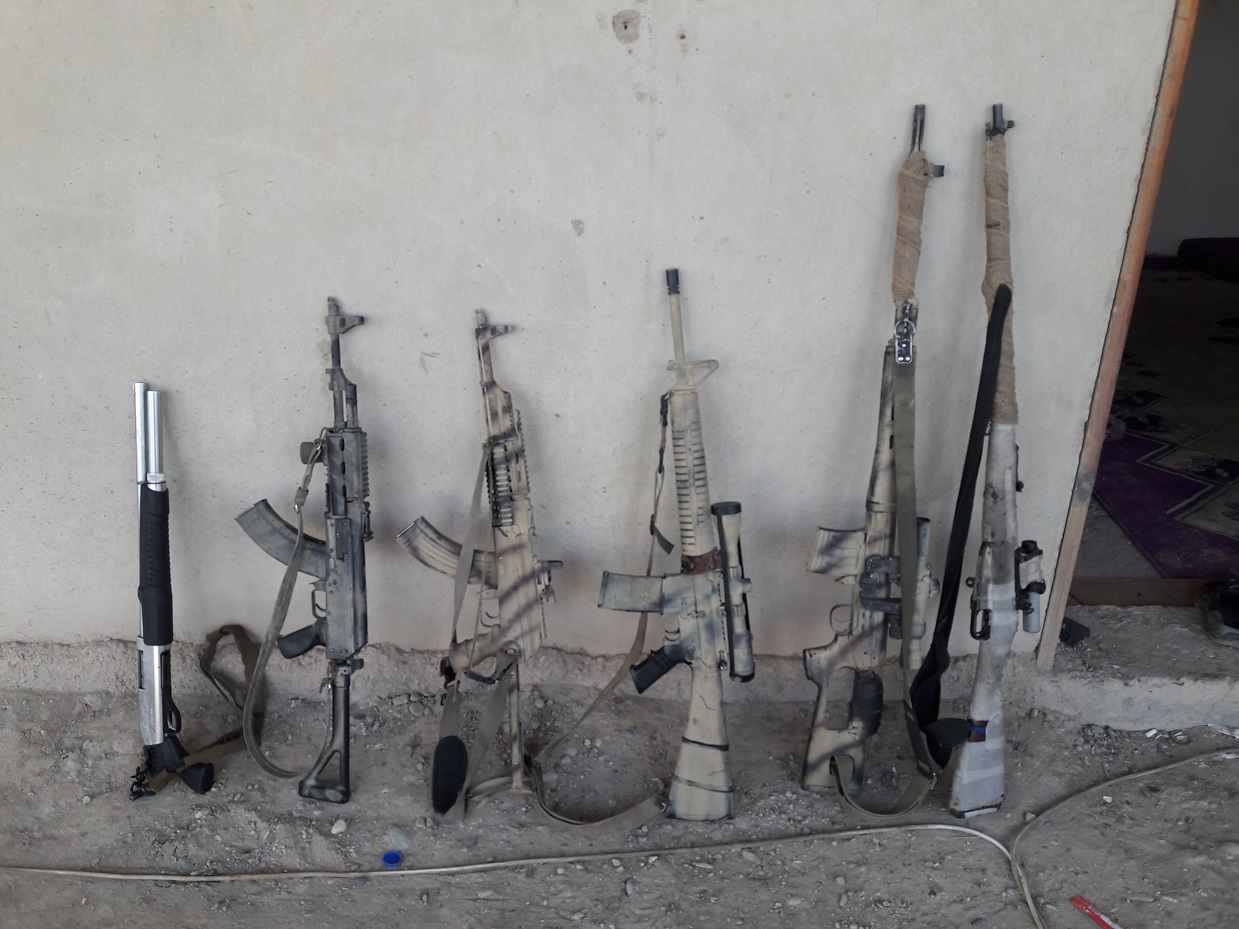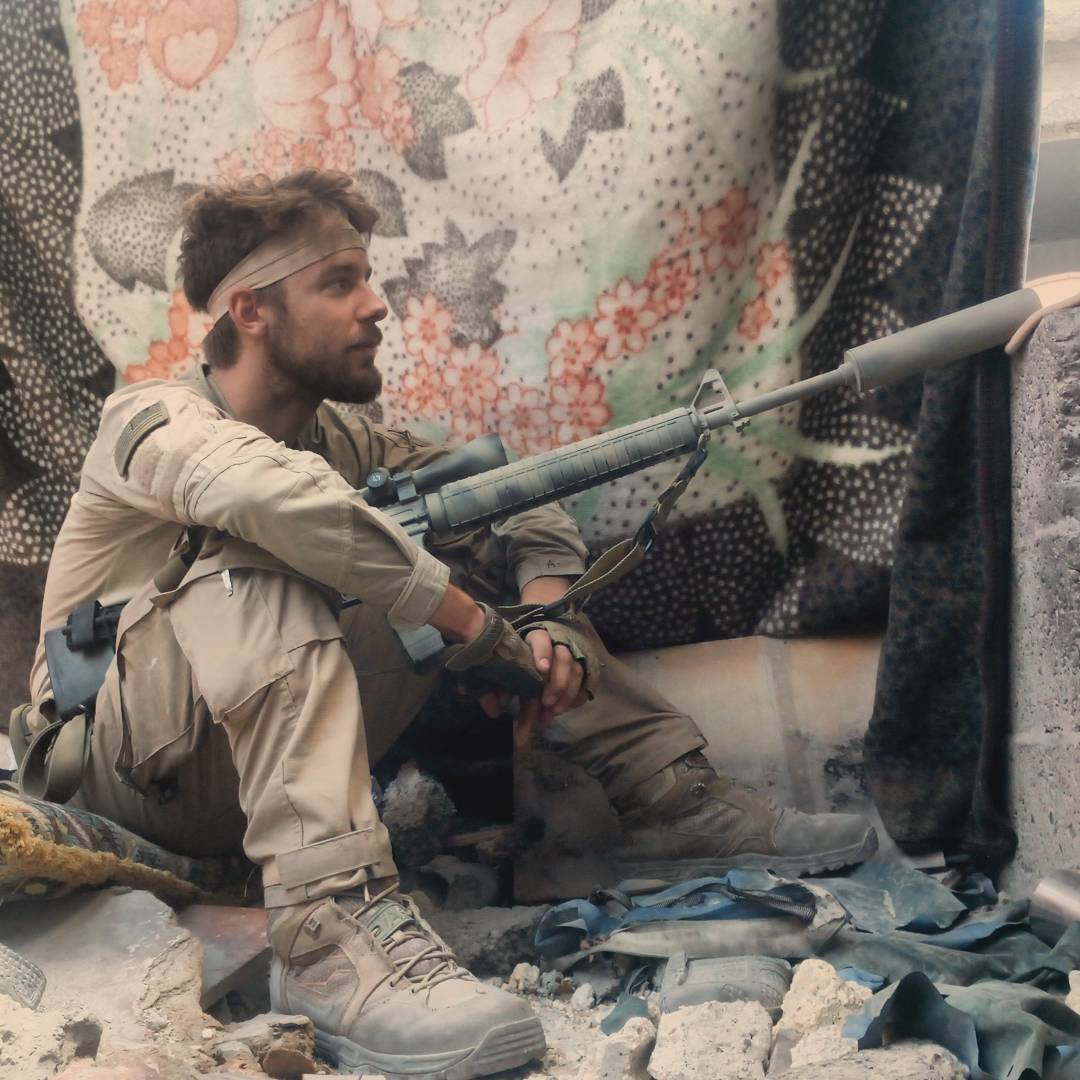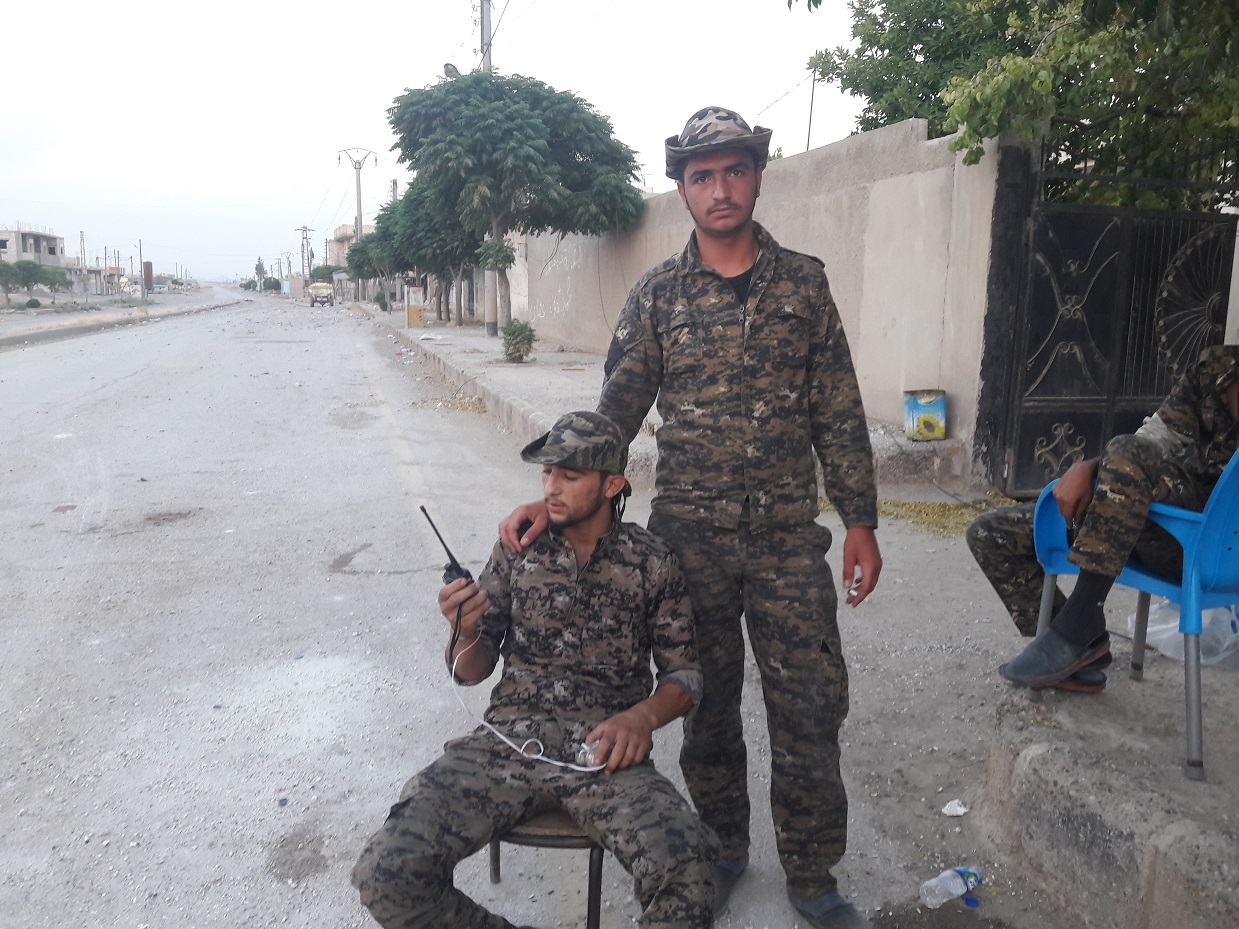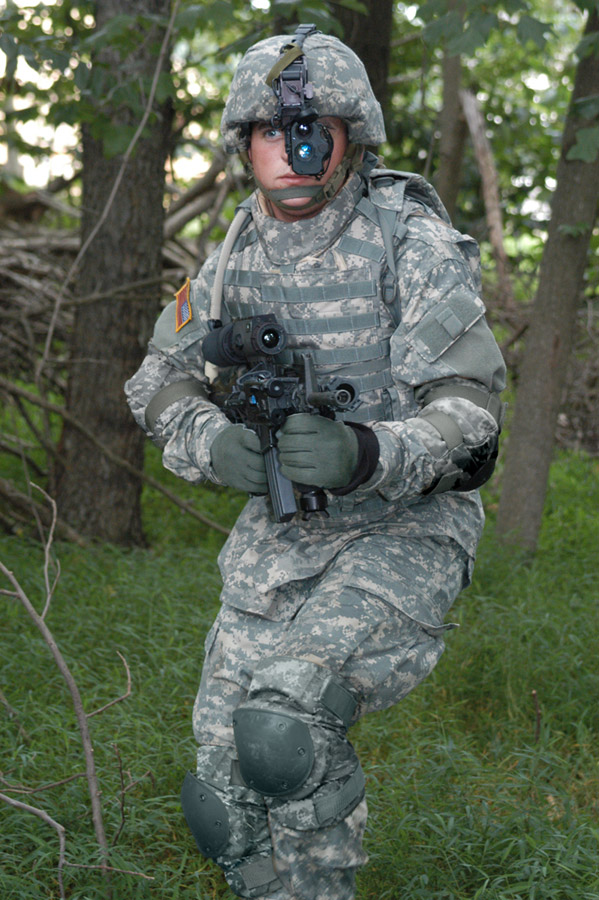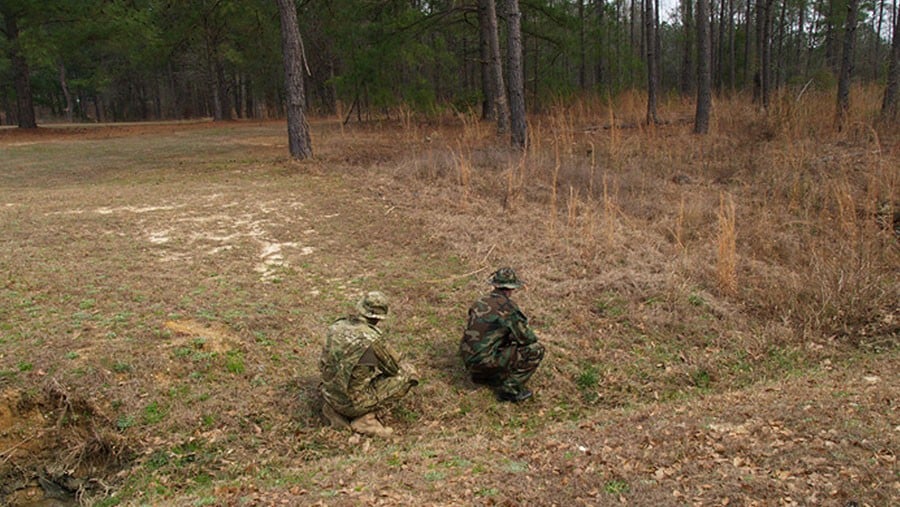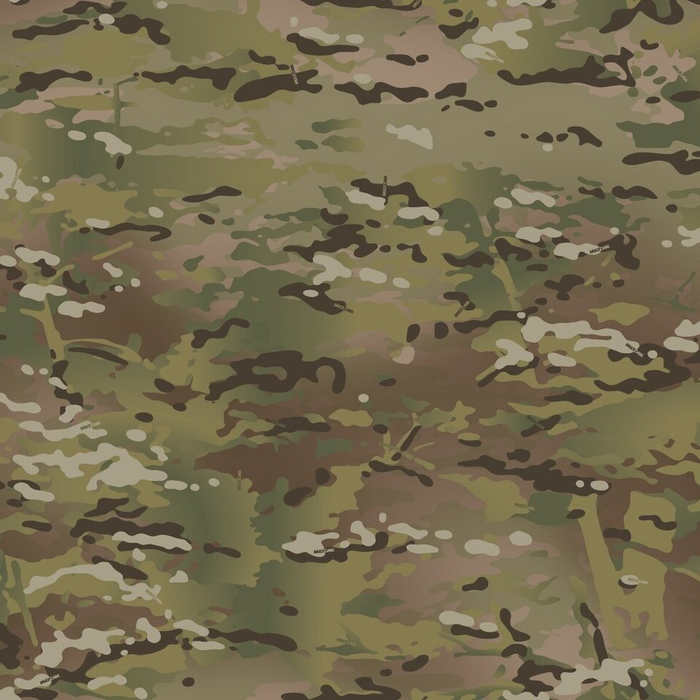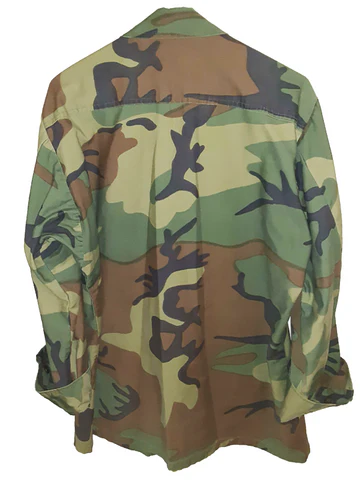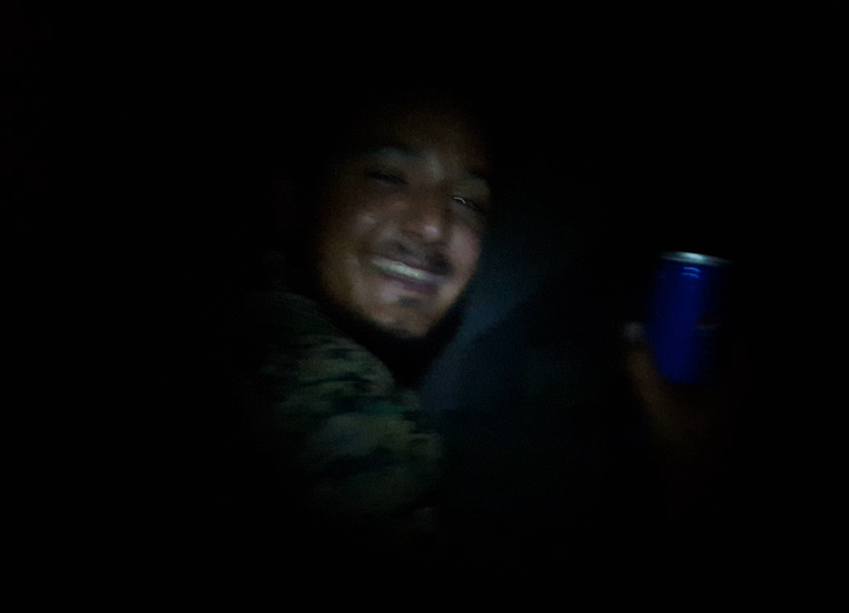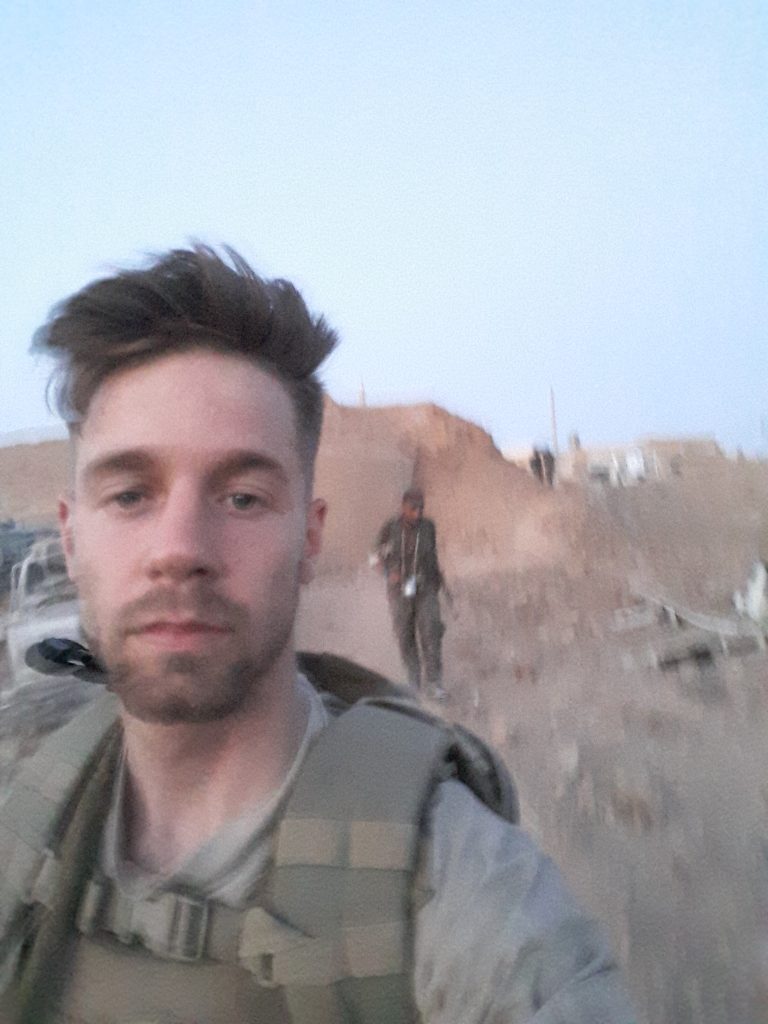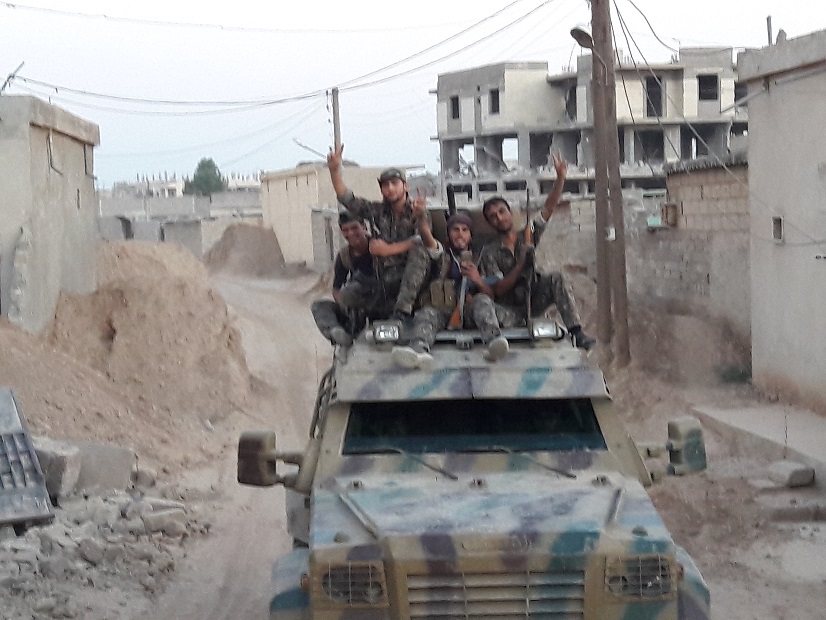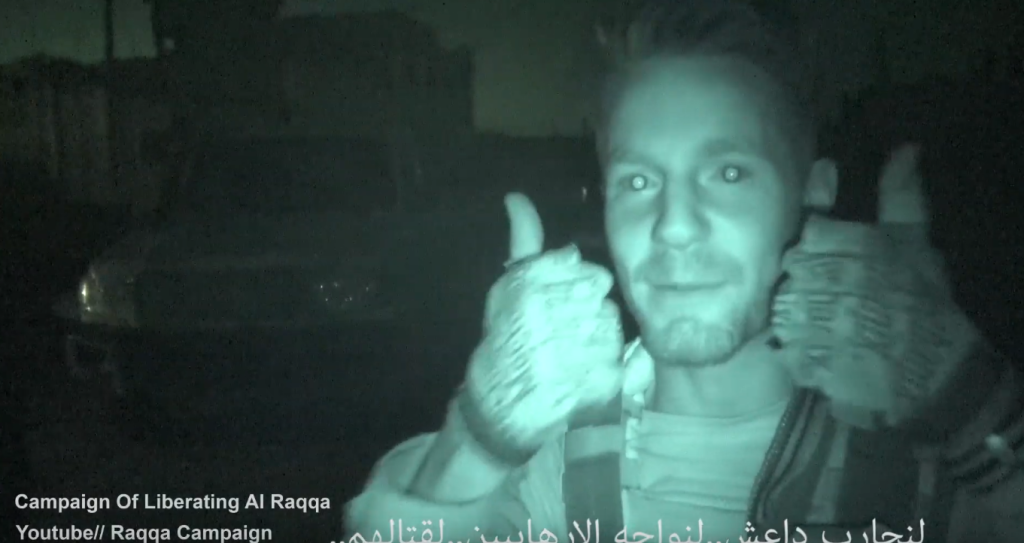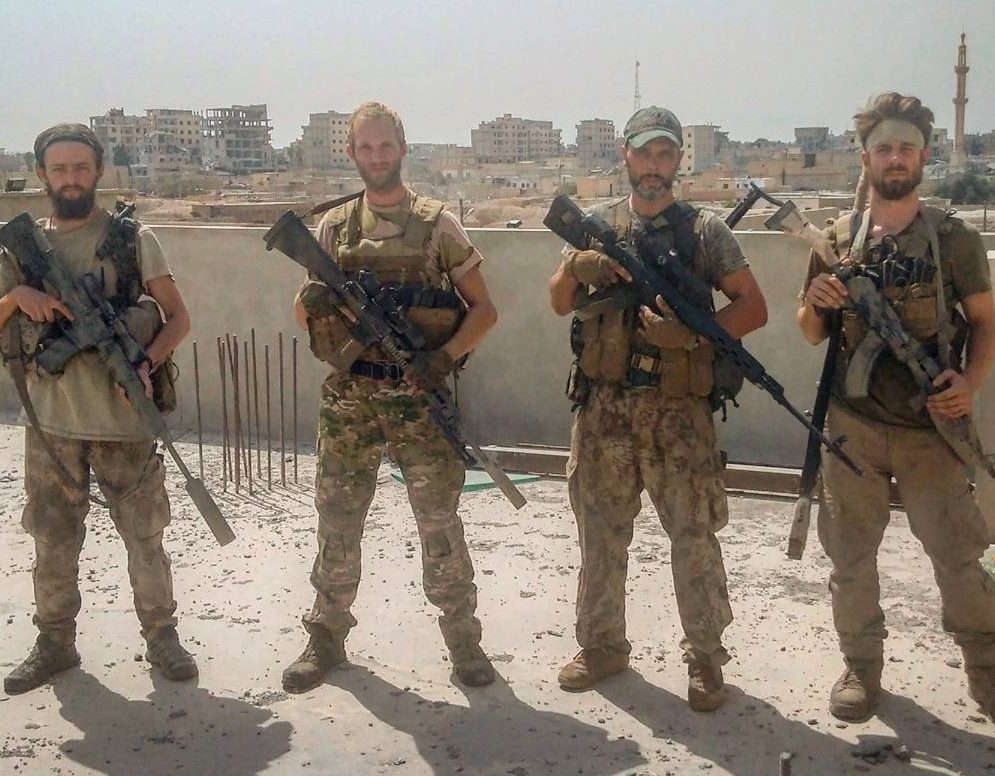“The real power and property in the government is in the great aristocratical families of the nation. The nest of office being too small for all of them to cuddle into at once, the contest is eternal, which shall crowd the other out. For this purpose, they are divided into two parties, the Ins and the Outs, so equal in weight that a small matter turns the balance. To keep themselves in, when they are in, every stratagem must be practiced, every artifice used which may flatter the pride, the passions or power of the nation. Justice, honor, faith must yield to the necessity keeping themselves in place.”
–Thomas Jefferson to John Langdon, 5 March 1810
Society as it exists today – the status quo – is accepted as the way society should be. The idea that our civilization is largely a mistake is unthinkable. Even among our so called “revolutionaries,” civilizational suicide is taboo. They wish to change who collects the taxes, but fear changing anything real. They believe we can all ride bicycles and subsist off front-lawn fruit gardens.
If you were to give our so-called revolutionaries the power to let the dominant way of life slip away, they would hold on. They would look upon civilization as Frodo did the Ring.
Progressives believe the empire must be reformed, reconstructed, repaired. To cast it into the fire is wrong, except, of course, in the case of Fascism – but not “our sacred democracy.” The Progressivist “Ins” love to describe our empire as “our sacred democracy” for exactly the time in which they are holding it.
When they are not, of course, they hate the entire essence of the nation. “Not my president.” “America was never great.” “Burn it down.” But let them hold the Ring and suddenly it’s redeemable.
Though what makes our sacred democracy so redeemable? Of the founding ideals, which to them are sacred? Liberty? The liberty of laws reaching the ceiling for every trivial category – the majority being drafted by corporate lawyer snakemen? Democracy? This Democracy where the sons and daughters of the last representatives are elected to be bribed as their major means of earning? Is it Reason, finally? Our reasonable society whose highest scientific institutions push admitted lies when they feel it serves a moral purpose?
If every pillar of the west is diluted, what then is the purpose of the west? Why has it created this half-war on us? And what is the difference between half-war on humanity, and total war?
Wasted time. Wasted lives. We humans are swimming in a river of our own shit for fear of standing up into the chilly breeze.
Conspirators twist our laws. Collectivists game our elections. Charlatans pervert science. Our civilization stands only for the continuation of stuffing bread and sugar down our fat, cancerous mouths. Our idealized forms are two fat, tumorous bodies, smacking together as they fuck – like pug-dogs, so inbred they can hardly breathe. Narcissist parasites jerk each other off in penthouse bars, siphoning public funds into their personal accounts while we serfs walk the street with the knife-attacking, serial-raping, drug-addled retards. Waste-world.
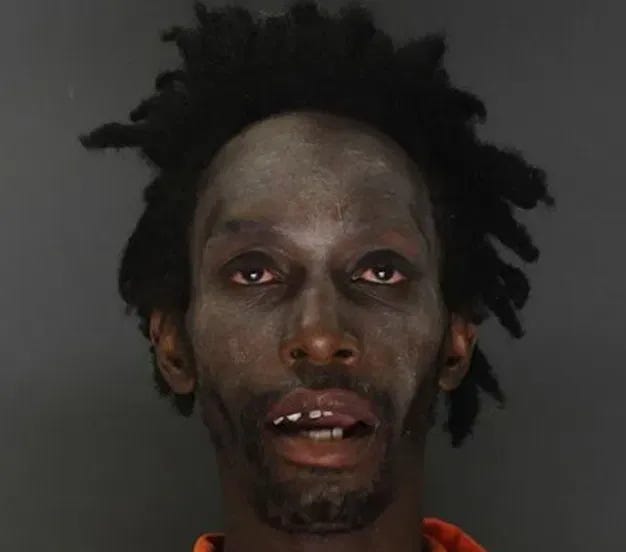
(pictured: Solomon Galligan, a 33 year-old sex offender recorded trying to kidnap an 11 year-old boy in Aurora Colorado, and who the District Attorney has decided to drop all charges for ((his fourth release of the same kind)). I could have used any fentanyl addict here but everyone is talking about this one and I needed a photo.)
Return the hunter, the warlord, the steppe nomad. Return the head-chopping barbarian–strong and beautiful. Death to the wheat-eater. Death to the bottom feeders and the parasites.
The position of holding on to this civilization is the position of slowly killing ourselves.
On the mountain of evolution and progress, we are stuck at an impasse. We’ve given the vote as to whether we turn around, to a populace that has only been carried and carted their whole lives. The only group that doesn’t reject the mountain’s existence, offers the solution of sitting down and dividing up bread–praying we will one day meditate into floating over–or something even more treacherously retarded: that whatever Thing finds us from above will kindly throw us a ladder.
What if I were to suggest quite seriously that we must turn around, go back, go down and around to continue going up?
Our civilization exists today like a great tanker-ship, over-capacity with wheat and corn, riding a knife’s edge that – for the moment – is cooperatively still. But one single burp of electromagnetism from the sun later, and we can say goodbye to the little party we’ve called “recorded human history.” One plague. One bomb. One deviously intelligent little computer…
Our people aren’t even responsible for their own individual survival, yet everyone’s opinion is equal in the continuation of the species.
Moderates; Commies; AGI demon-summoning cultists; Retvrn to Rome faggots; goat-herder religion worshippers; magic crystal collectors; those disposed to suffer evils while evils are sufferable–this is our species. This is Mankind, our majority.
When the ship capsizes, we lose 7 billion people if we’re being optimistic. We go back to cholera and typhoid. Armies of illiterate soldiers slaughter and rape the few cities left, spreading new (and old) religions that are demonstrably retarded. The world will again empower those men most like Genghis Khan, Muhammad, or Montezuma. The true God of biological life, natural selection, will also again be perverted into torture cults and death worship. The healthy and the beautiful will be skinned alive by disease-invested Gollums.
There are two paths to avoid that fate, and neither are moderate.
- We let go completely – let everyone loose to live and die as they please. Complete freedom, including the freedom to destroy one’s self. We maintain enough order to stop theft, murder, and pollution; but mutual-combat returns, people eat lead if they can’t read it on the label, and we allow corporations to grow to any size and monopolize all the intellectual property they can legitimately claim. You could describe this path as Anarcho-Capitalism.
- We take direct control of this human ship and aim it at biological perfection. Natural selection is enforced. You will not be sheltered from war but purposefully drug through it for an amount of time deemed suitable. Whether you breed or hold power will be contingent on empirical merits. Most would describe this path as Nazism, but it’s more extreme than that. Nazis were a welfare party for white Christians. They were deluded for not being objective enough, and were ultimately a populist movement with elitists working in the shadows. Oppositely, this ‘speciesism’ would be openly elitist. In the same way International Communism is inherently predestined to battle every dissident nation in its sphere of influence, so would international speciesism. (Surely there would be terrible aspects of this system, misunderstandings, false-beliefs from cultural bias, superstition, etc.)
Both paths have relatively similar outcomes despite opposite structures. The question is then which would be effective, or if both would work, which one would be more terrible or less robust.
But time is ticking.
There surely exists a species among the stars that is diligent and stoic, but ambitious – even ravenous. A warrior species that –like us – killed all their predecessors, but accepted their nature and decided to rage. One that has bet everything on material science and not wasted its civilization chasing quantum commie bullshit – especially not after one tiny century of industrialization.
Are we to allow the most gremlin-like of our kind to admit defeat for us? Are we to pass the torch to machines – the fake-tits version of intelligence? I want to win. I want humanity to reach as far as it can. I want to peel the layers back on reality. I want the descendants of humanity to feel the wind on their face and not be chair-ridden diabetics. I want them to be better than me, faster, more intelligent.
For that, humanity must be re-animalized, reinforced, and redefined. Our psyches must be hardened to resist maladaptations and the plainly obvious schemes leeching our society. Our physical bodies must be made more capable instead of less. And if machines are going to replace us, an ultimate suicide of the species, let them win that fight fair and square – not with us strapped down and with rectal tubes up our asses.
As we modern humans have been forced to adopt diet and exercise to ward off early death, we must somehow re-adopt natural selection to ward off civilizational death. We must stop watching sportsball like little monkeys and replace that with real conflict.
The universe waits while humanity dies.

